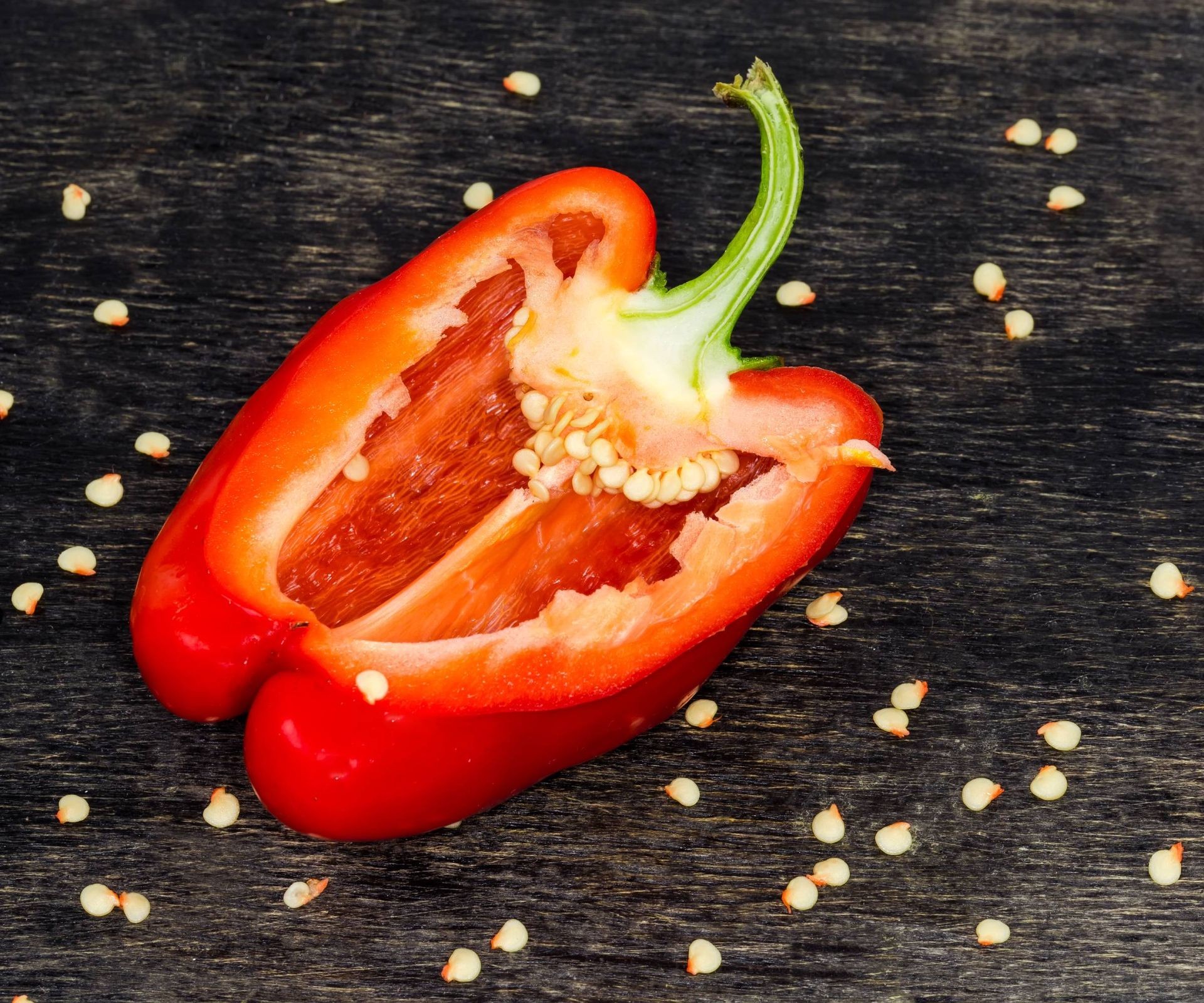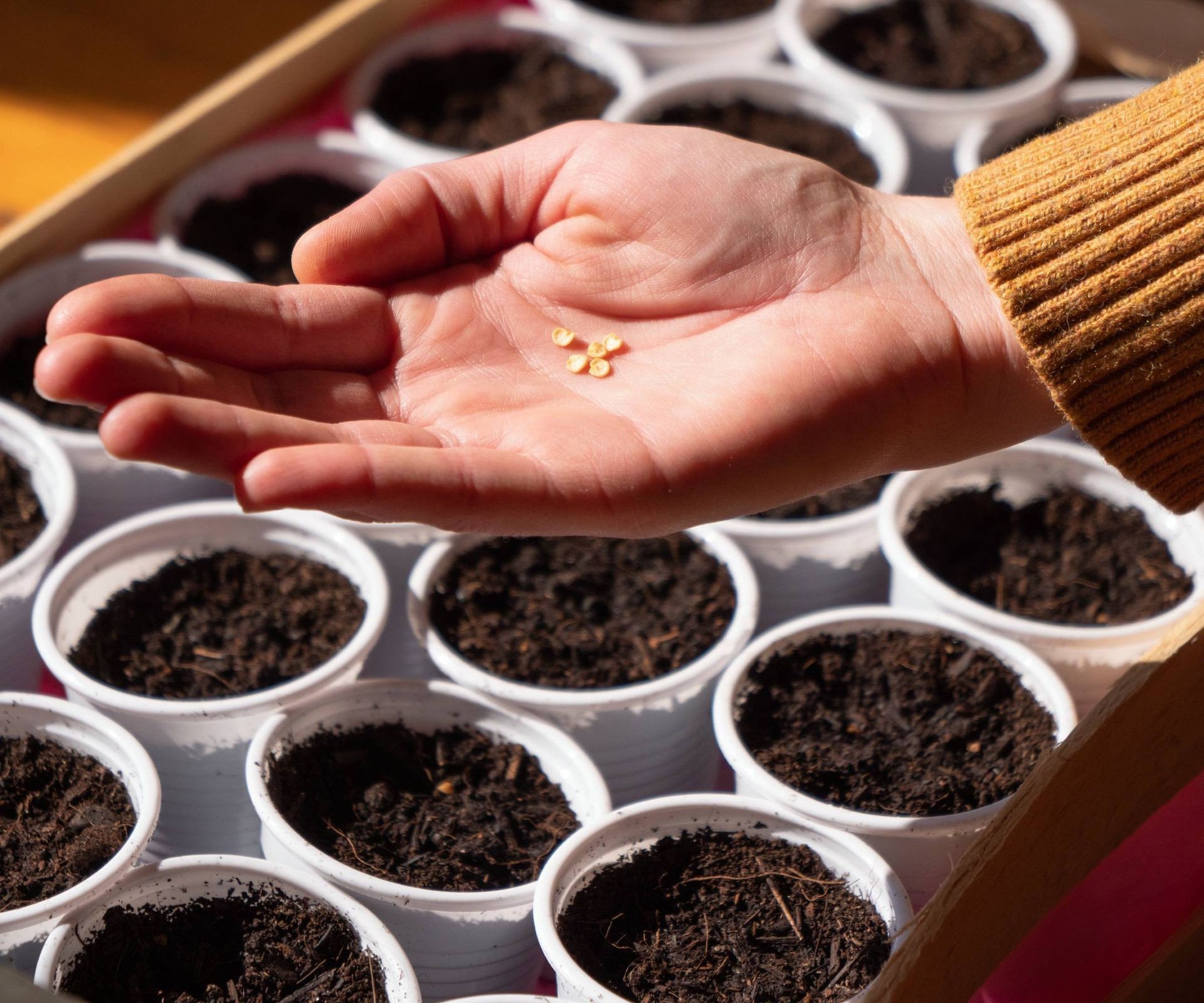No products in the cart.
NEWS
Your Guide to Successfully Saving Pepper Seeds
As a seasoned gardener and expert in sustainable practices, I know the immense satisfaction that comes from saving your own seeds. It’s a cornerstone of gardening, allowing you to perpetuate the legacy of your best plants and build a garden perfectly adapted to your local conditions. If you’ve ever admired a particularly robust and fruitful pepper plant and wished you could grow its offspring, you’re in luck! Saving pepper seeds is a straightforward process, especially with self-pollinating varieties, and it’s a rewarding step towards a more self-sufficient garden.
Why Save Your Own Pepper Seeds?
The most obvious advantage of saving seeds is economic – you eliminate the annual cost of purchasing new seeds. This simple act, however, offers benefits beyond just saving money. It connects you more deeply to the gardening cycle and the specific plants you grow.
More importantly, saving seeds allows you to select for traits you value most. You can choose seeds from the peppers that were the most delicious, the most prolific, the most resistant to pests or diseases, or the best suited to your garden’s microclimate. Over time, this selection process can lead to a more vigorous and productive garden specifically tailored to your needs, a truly sustainable approach that aligns with the ethos of Biogarden.asia.
Choosing the Right Peppers for Seed Saving
Not all pepper seeds are created equal when it comes to saving them for future generations. The key distinction lies in how the plants are pollinated.
Self-pollinating plants, also known as open-pollinated or heirloom varieties, are the gold standard for seed saving. Their seeds, when sown, will produce plants that are true to the parent plant’s characteristics. This predictability is what makes saving seeds from your favorite bell peppers or hot chili varieties so appealing.
Hybrid peppers, often labeled as F1, are created by crossing two distinct parent plants. While these hybrids might offer desirable traits in the first generation (F1), the seeds produced by these plants are often unstable. If you save and plant seeds from an F1 hybrid, the resulting plants will likely exhibit a mix of traits from the grandparent plants, not necessarily the characteristics of the hybrid parent you enjoyed. They can be less vigorous, less productive, and highly variable. For consistent results and true replication of the parent plant, always prioritize saving seeds from open-pollinated or heirloom pepper varieties. Trying seeds from store-bought peppers is possible, but they might be hybrids, leading to unpredictable outcomes.
 Ripe red bell pepper cut in half revealing seeds inside, placed on a wooden surface.
Ripe red bell pepper cut in half revealing seeds inside, placed on a wooden surface.
Timing Your Harvest: When to Collect Pepper Seeds
The absolute best time to harvest pepper seeds is when the fruit is fully, fully ripe. This means letting the pepper stay on the plant well past its usual eating stage. For a bell pepper, this might mean waiting until it has turned its final color (red, yellow, orange) and is starting to soften or even show signs of wrinkling. For hot peppers, they should be vibrantly colored and potentially starting to dry slightly on the plant. The seeds need this extended ripening time to fully mature and become viable for future planting. Picking seeds from peppers harvested at their peak eating quality (firm and crisp) often results in lower germination rates.
Steps for Harvesting Pepper Seeds
While most peppers are self-pollinating, cross-pollination can still occur, especially between different pepper varieties grown in close proximity, primarily via visiting insects like solitary bees. If maintaining the purity of a specific variety is important to you, taking steps to prevent cross-pollination is essential.
Preventing Cross-Pollination
To minimize the risk of cross-pollination, you can:
- Isolate varieties: Separate different pepper varieties by a significant distance (20 yards or more is recommended).
- Netting: Cover plants with fine netting before flowers open to exclude pollinating insects.
- Bagging flowers: Gently tie a small bag (like an organza bag or even a paper bag) over unopened flower buds. Once the flower opens, self-pollination usually occurs, and you can remove the bag once the fruit has set.
Select the healthiest, most vigorous peppers from your best plants and allow them to ripen fully on the vine, using one of the methods above if genetic purity is a concern.
Once the chosen peppers have reached peak ripeness – perhaps looking almost overripe or slightly withered – it’s time to harvest them for their seeds.
 Hand carefully collecting seeds from a pepper into a small cup above a tray of soil.
Hand carefully collecting seeds from a pepper into a small cup above a tray of soil.
Cut the fully ripened peppers in half and carefully scrape the seeds out using a spoon or knife. Separate the seeds from any pulp or membrane.
Drying and Storing Your Valuable Pepper Seeds
Proper drying is crucial for successful seed saving. Spread the scraped seeds out in a single layer on a plate, paper towel, or screen in a dry, well-ventilated area away from direct sunlight. Allow them to dry completely for several days or even a week or two, depending on humidity levels. The seeds are sufficiently dry when they feel brittle and snap when you try to bend them, rather than being pliable.
Once thoroughly dried, store your pepper seeds in a cool, dark, and dry location. An airtight container or a sealed paper envelope placed inside a sealed jar works well. Storing them in the refrigerator can help extend their viability. Properly dried and stored pepper seeds can remain viable for planting for up to three years.
Quick Tips on Planting Fresh vs. Dried Seeds
Can you plant seeds straight from a fresh pepper? Yes, you can technically plant fresh pepper seeds immediately after harvesting them, without drying. However, for the best germination rates, especially if you plan to store them for any length of time, they need to be dried properly first. If planting immediately, ensure the pepper was extremely ripe (as described above) before harvesting the seeds. Seeds from peppers picked at the crisp eating stage are less likely to germinate successfully, whether planted fresh or dried. Drying prepares the seed for dormancy and long-term storage, mimicking its natural lifecycle.
Saving pepper seeds is a rewarding practice that closes the loop in your gardening cycle. By selecting from your best plants and following these simple steps for harvesting, drying, and storing, you ensure a supply of potentially superior seeds for future seasons. Explore sustainable gardening further with resources and supplies from Biogarden.asia, designed to help your garden thrive from seed to harvest and beyond.



